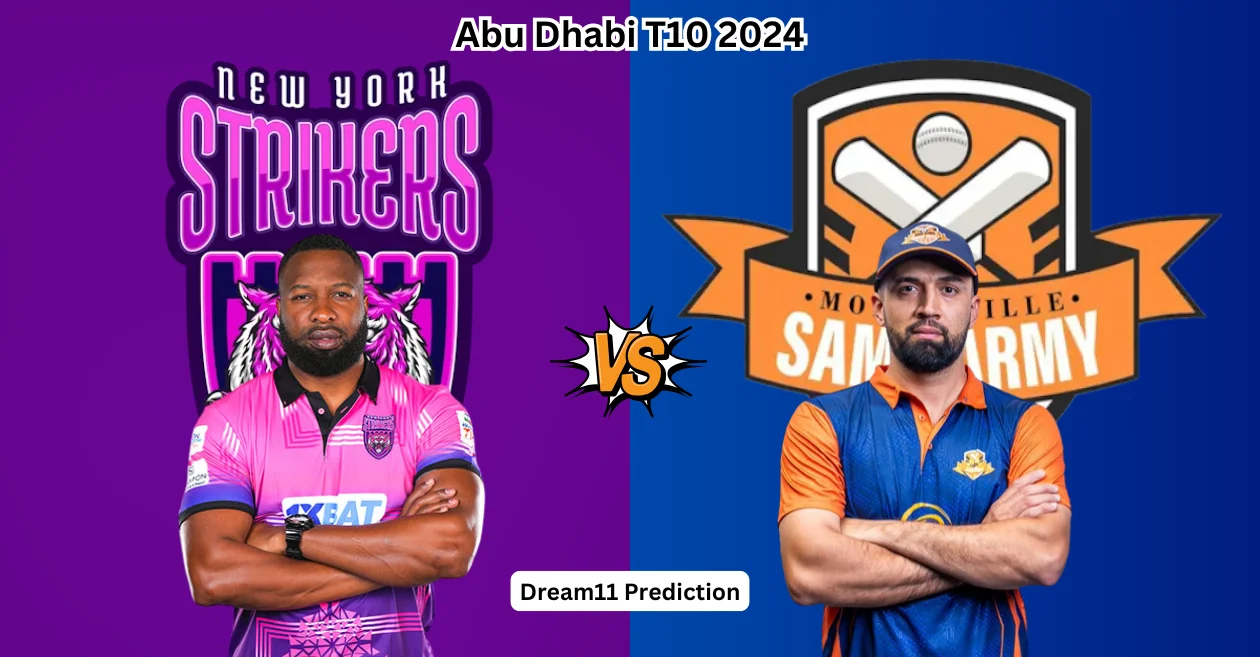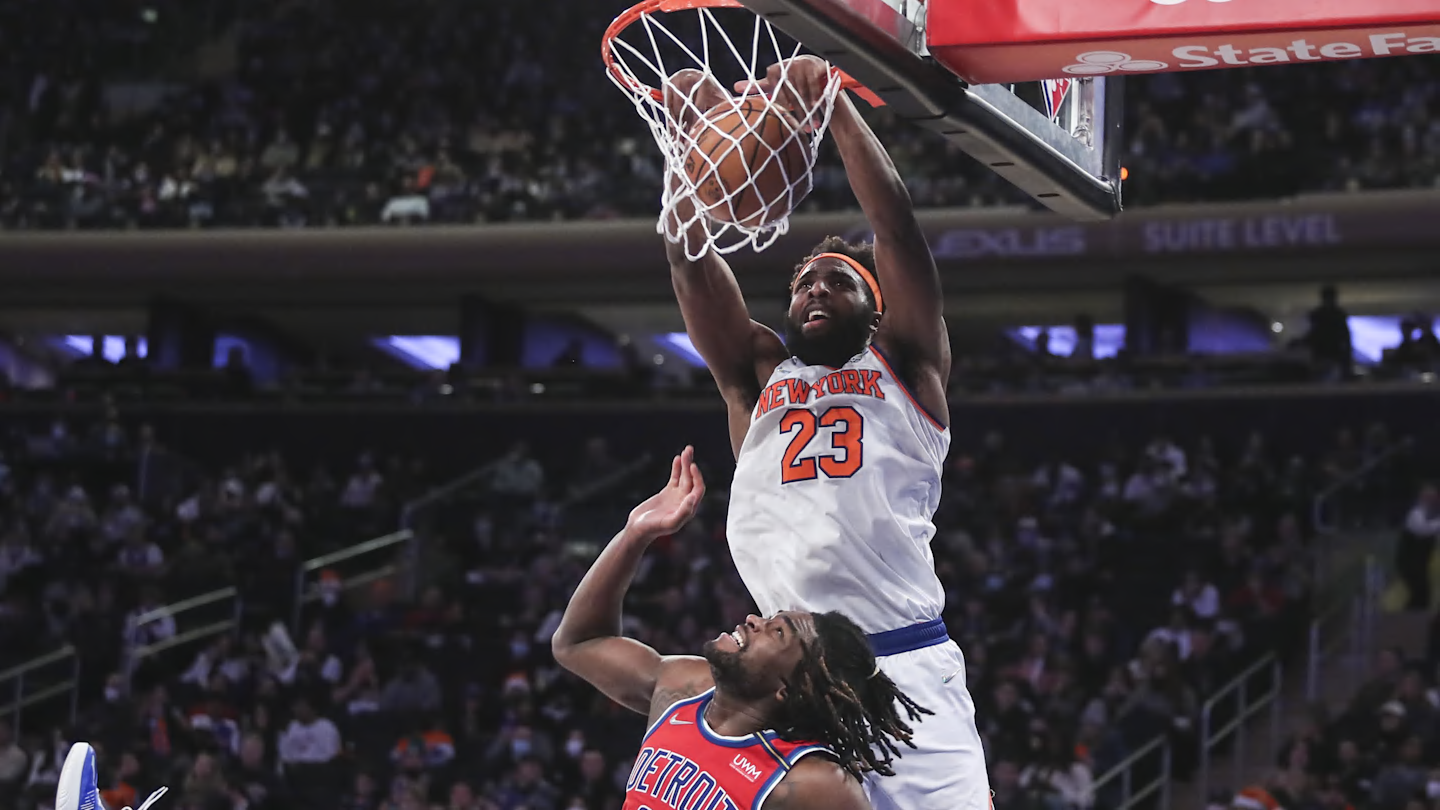NFL
Giants two-point conversion: Brian Daboll explains New York’s bizarre trick play vs. Steelers | Sporting News

Two points probably wouldn’t have made much of a difference in the end for the Giants on Monday night, but it was the way New York botched a two-point attempt against the Steelers that left fans baffled.
A touchdown run by Tyrone Tracy Jr. injected life back into the Giants and brought New York within a possession at 23-15, and Brian Daboll decided to play the analytics game and go for two. That decision alone can be questioned, knowing the Giants’ offensive troubles, but it was the play call that seemed inexplicable.
Giants blockers just stood around after the ball was snapped, leaving Malik Nabers to get hit by Steelers pass-rusher Alex Highsmith before Daniel Jones’ screen pass even reached him. The play looked like it happened in slow-motion, and no one on either side seemed sure of why it happened the way it did.
Rate the 2-point conversion pic.twitter.com/aYejZwA395
— Steve Palazzolo (@StevePalazzolo_) October 29, 2024
Jones was visibly frustrated as he came off the field with the Giants still trailing by eight. The Steelers would go on to win 26-18, closing out the Giants on a Beanie Bishop interception of Jones on New York’s final drive.
Here’s a look at what Daboll had to say about the unusual two-point conversion attempt.
MORE: How Brian Daboll lost 50 pounds ahead of 2024 season
Giants failed two-point attempt vs. Steelers
Daboll said the two-point conversion attempt went awry because his players didn’t get set, telling reporters that the team had actually been practicing the play for some time.
Daboll says they have been working on the two-point play for awhile, but players didn’t get set, that’s why Daniel was so animated coming off the field.
— The Giant Insider Podcast and Newspaper (@GiantInsider) October 29, 2024
There is an argument to be made that the play could have worked well if run properly. The Steelers only ran one player at the glut of Giants who were supposed to block for Nabers. Had they done their job and Jones got the ball to Nabers quickly, the rookie could have had enough room to run right into the end zone.
If the play was practiced as much as Daboll says, though, it’s especially confusing that no blocker was set when the ball was snapped.
Giants actually had the numbers on that two-point play.
They just literally did not move/block anyone.
— JJ Watt (@JJWatt) October 29, 2024
The decision to go for two might not have been necessary, but the analytics say it makes sense. The Giants didn’t need a two-point conversion, as a successful extra point would have just brought the deficit to seven. A successful try would’ve cut the deficit to six and put the Giants one touchdown away from the win if they held the Steelers right where they were.
An unsuccessful try, meanwhile, would also keep the game within a possession. If New York’s defense got a stop, the offense could still even the score with a touchdown and a successful two-point try on the ensuing drive.
It boils down to this: no harm is done unless you come up short on two two-point attempts. If the Giants failed, which they did, they could still go down and try another two-point conversion the next time they scored. The benefit of pulling within six is worth the risk, though each team can evaluate the situation differently, as not every offense has the same probability of converting a two-point try.
The analytics weren’t the biggest issue here, though. The probability of successfully getting the two points when your blockers just stand around and watch the play is near-zero, and that’s something anyone who has been around football already knows.
Along with all of the other issues the 2-6 Giants have, Daboll will have to get to the bottom of why no one seemed to know how to run a play that was supposedly practiced often at the Giants facility.










